What Is Form 4562? It’s the IRS’s Depreciation and Amortization Form for Tax Filing
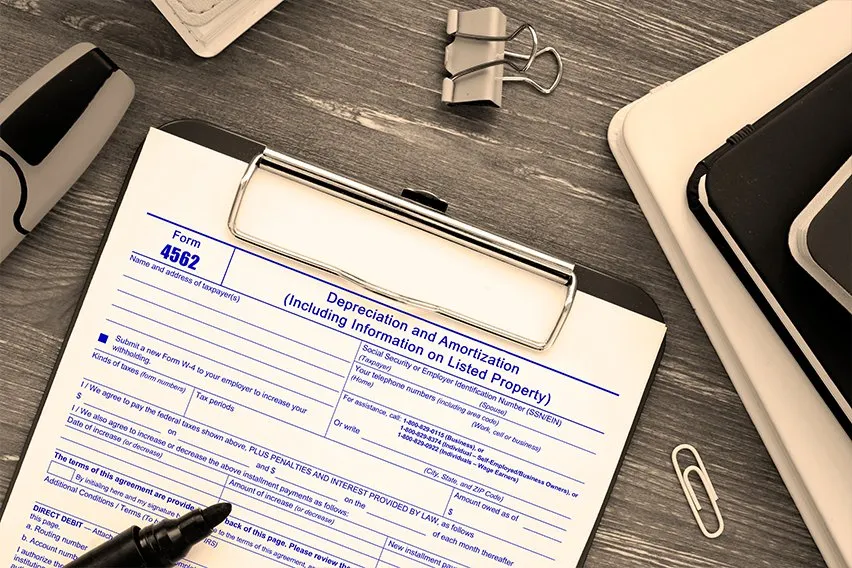
Form 4562 is the Depreciation and Amortization form, used when filing an income tax return. Depreciation refers to the calculated loss in value of an asset through its working life span. Amortization refers to an expensive purchase whose costs must be spread out over a number of years to lessen the impact on a company’s profits in the tax year it was purchased.
Here’s What We’ll Cover:
Do I Need to File a Form 4562?
How Do You Calculate Depreciation?
Should I Take Bonus Depreciation or Section 179?

Do I Need to File a Form 4562?
You may need to file a 4562 Depreciation and Amortization form for purchases of the following, for your business:
- Office equipment (including computer hardware and software)
- Office furniture, fixtures and carpet
- Manufacturing equipment
- Vehicles
- Real estate (buildings, excluding land. Land does not decrease in value)
- Renovations
- Patents
- Intellectual Property
- Specified Plants
The form can also be used for expenses related to film, television and live theatrical productions (certain restrictions apply).
For the purposes of depreciation and amortization, it does not matter if the purchases were paid in full, or financed.
The latest 4562 form can be found here, on the IRS’s website.
How Do You Calculate Depreciation?
There are multiple ways that depreciation can be calculated. The most straight-forward calculation is the straight-line depreciation method To determine the depreciation of an asset using the straight-line depreciation method, do the following:
Determine the Asset’s Full Price
For instance, if you bought a computer for $4000, then that’s the price you start with.
Subtract the Salvage Value
This is the value at the end of the computer’s life, once it will no longer be needed. Let’s say you determine that value, at the end of 5 years (its amortization period), to be $300. Subtract that from the full price. This means the depreciation is $3700.
Divide Depreciation by the Asset’s Lifespan
In this example:
$3700/5years
=$740
This means every year for the next five years, the computer, or asset, depreciates by $740.00. This figure should be added to form 4562, and should be every year for the next five years of tax filings.
The above example assumes the computer is used 100% of the time for business use, and is in operation for the full year it was purchased.
The useful life of an asset (the amount of years it can be amortized), is determined by the IRS. Lengths of time for the depreciation calculation are typically as follows:
Tractors: 3 years
Computers: 5 years
Office equipment: 5 years
Passenger or light vehicles: 5 years
Office furniture: 7 years
Residential real estate: 27.5 years
Commercial real estate: 39 years
Land improvements: 10, 15, or 20 years

What is Bonus Depreciation?
Bonus depreciation is a method of accelerated depreciation.
With the introduction of the Tax Cuts and Jobs Act in 2018, businesses can now deduct the expense of qualified property at 100% of the purchase price, in the year it was purchased. This is instead of amortizing the asset cost over a number of years. The annual limits for these types of deductions have also increased to $1000,000, from $500,000.
Although the 100% bonus depreciation does not apply to vehicles, those bonus limits have also been increased.
A company taking advantage of a bonus depreciation will increase a company’s total expenses in the year the purchase was made, shrinking its profit and reducing its total taxable income and therefore, its tax liabilities.
The TCJA changes to bonus depreciation are only in effect until December 31, 2022. After that time, the 100% deduction will begin to phase out.
Bonus depreciation is optional. For more on what a business can immediately expense, check out this report on the IRS’s website.
Should I Take Bonus Depreciation or Section 179?
Section 179 is a part of the IRS tax code that allows a business to deduct the full purchase price of qualifying expenses in the year it was purchased. Section 179 is similar to Bonus Depreciation. However, section 179 has different deduction limits. As well, while Section 179 can take a company’s income down to zero, bonus depreciation can result in a loss on its books.
Typically, a company would take a 179 deduction first, then bonus depreciation, if applicable.
RELATED ARTICLES

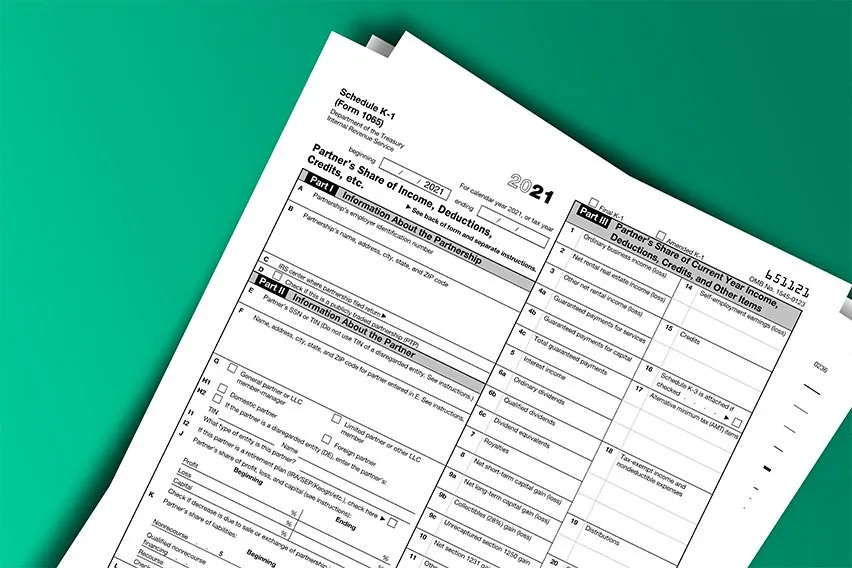 What Is a Schedule K-1 Tax Form? Easy Filing Tips for Small Businesses
What Is a Schedule K-1 Tax Form? Easy Filing Tips for Small Businesses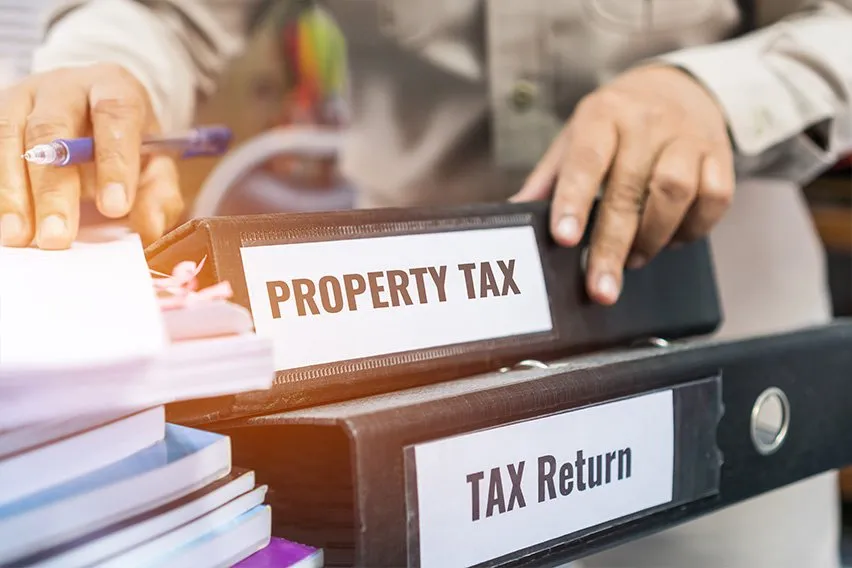 Are My Business Tax Returns Public? Advice for Small Businesses
Are My Business Tax Returns Public? Advice for Small Businesses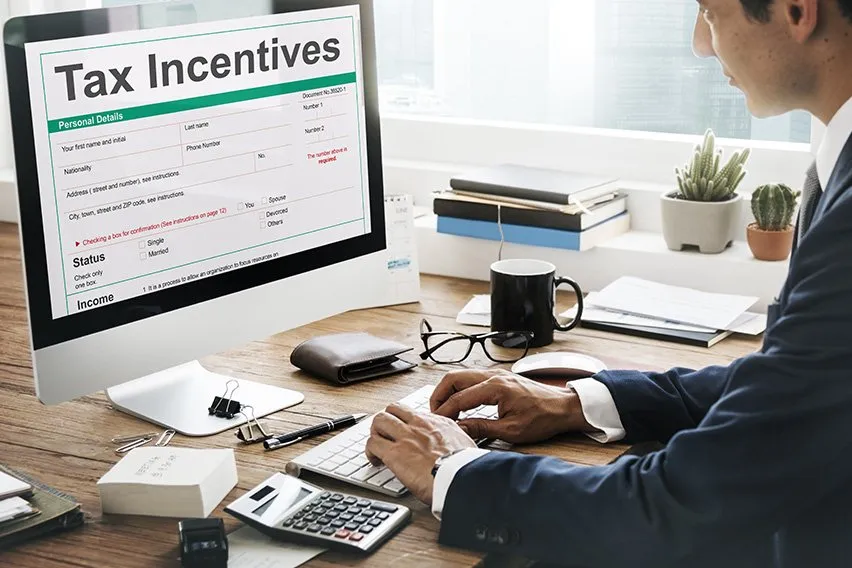 Tax Incentives: A Guide to Saving Money for U.S. Small Businesses
Tax Incentives: A Guide to Saving Money for U.S. Small Businesses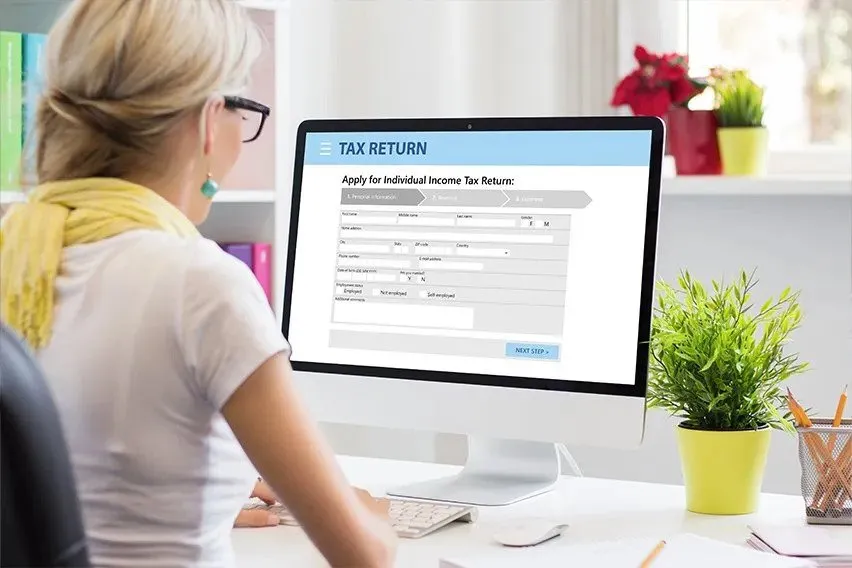 Filing Business and Personal Taxes Separately: A Small Business Guide
Filing Business and Personal Taxes Separately: A Small Business Guide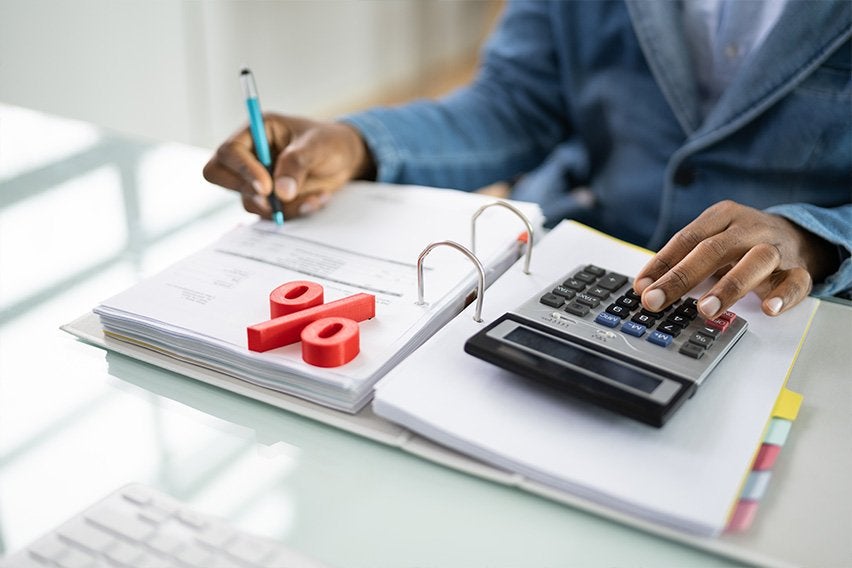 What Is the Small Business Tax Rate?
What Is the Small Business Tax Rate? What Is a Business Tax Receipt?
What Is a Business Tax Receipt?